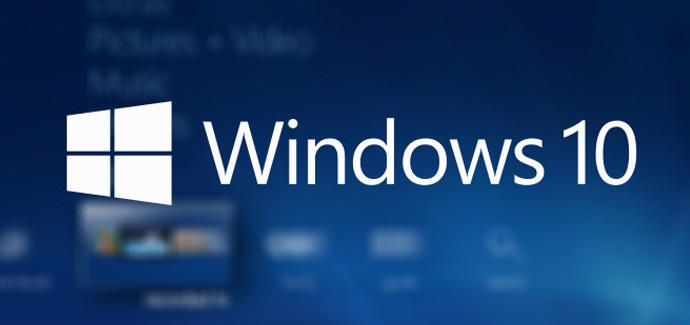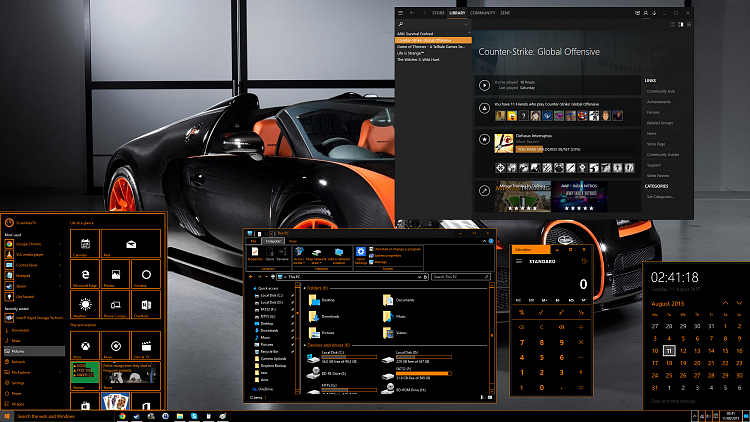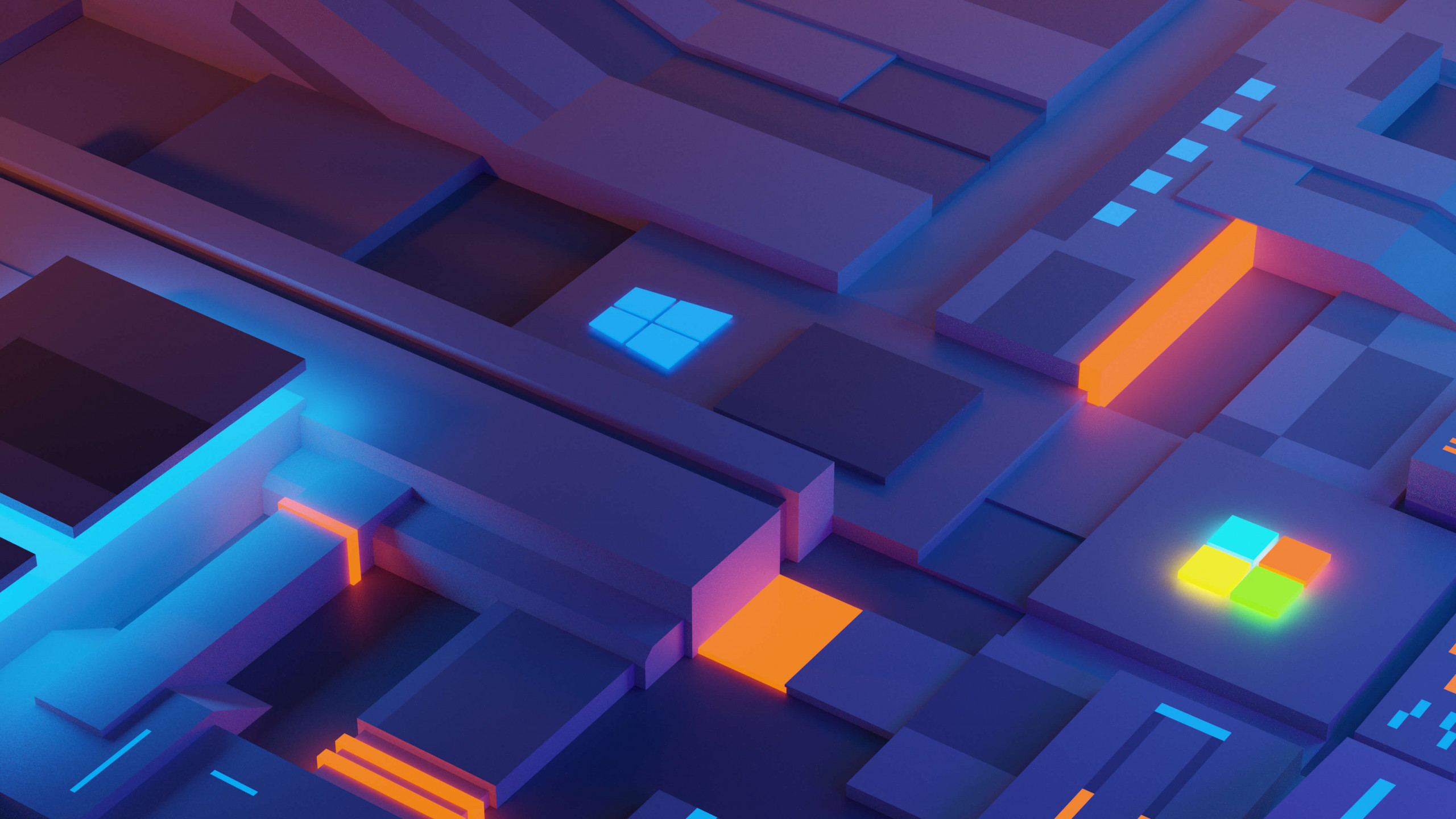Saturday, January 22, 2022
Friday, January 7, 2022
Is Win 10 Pro Better Than Win 10 Home
New releases of Windows 10, called feature updates, are released twice a year as a free update for existing Windows 10 users. Each feature update contains new features and other changes to the operating system. The pace at which a system receives feature updates is dependent on the release branch from which the system downloads its updates.
Windows 10 Pro, Enterprise and Education could optionally use a branch, which is defunct since version 1903, that received updates at a slower pace. These modes could be managed through system settings, Windows Server Update Services , Windows Update for Business, Group Policy or through mobile device management systems such as Microsoft Intune. Windows 11 Pro has everything the Home version has, while also adding a few additional features, mostly serving professional environments.
One of the most notable ones is BitLocker, which is a full volume encryption tool that can encrypt your drive volume using 128-bit or 256-bit AES encryption and your computer's TPM. These are the core differences in Windows 11 Home vs Pro editions. As we've mentioned, most of them revolve around features meant for business users. Some are designed to protect especially sensitive information, while others have to do with quickly setting up devices for users and managing them remotely.
Is Windows 10 Pro Better Than Windows 10 Home For the average person walking into a store, you're probably going to be just fine with Windows 11 Home. The odds are if you need Windows 11 Pro, you already know you need it and why. Windows 10 Home and Pro share some business features as well.
Both the Windows versions come with support for Microsoft Passport, device encryption, side-loading of business apps, and mobile device management. Along with that, both versions can be easily upgraded to Windows 10 Education Edition. It has Windows Defender Antivirus software, Windows Hello biometric logins that use face or fingerprint authentication, and rudimentary device encryption to minimize data breaches. Those with multiple Windows devices will also love the mobile device management app, which allows them to track and control app usage for connected smartphones and tablets. As business users often deal with especially sensitive information, there are also some extra security features in Windows 11 Pro.
This feature encrypts data stored on your hard drive so no one else can access it. Even if your computer is stolen, your files are protected from users other than yourself. The Home version will suffice for majority of the individuals using Windows at home.
The Pro focuses entirely on security and compatibility, and ease of use. Pro users can get updates from Windows Update for Business, which includes options for scheduling updates so they don't reboot PCs at important business times. If you're concerned about security and want to protect your data from intruders, or you're coming from MacOS and want something comparable to Apple's Filevault, you'll want to spend the extra money on Pro. Bitlocker provides full disk encryption so you can keep your data safe from hackers. The latest iteration of Bitlocker also allows for the encryption of individual files for more flexibility than the all-or-nothing approach of previous versions.
Again, other software can accomplish similar encryption, but it's not built into the OS. Be sure to get an SSD that supports the necessary hardware acceleration for Bitlocker if you don't want to lose performance. Rather than classifying as a full edition of Windows 10, "S" is a mode that runs on either Home or Pro versions of the OS. It's designed to optimize security and performance, and it runs only apps that are downloaded from the Microsoft Store and browses the internet through Edge. Anyone with Home or Pro editions can make the upgrade at any time, but it's not a forced update. You can also switch out of S mode at any time, reverting back to Home or Pro, though you can't switch back once you've gone one way.
Windows 10 has become the most popular operating system for desktop computers, with more than 1.3 billion active PCs running it. Despite focusing on the new Windows 11 release—now rolling out—Microsoft continues to support Windows 10 with servicing updates. The OS continues to offer unique capabilities like touch input, a voice-based virtual assistant, face login, Windows Defender security, and mixed reality tools. Still-important but more mundane features include an improved screenshot tool, better window arrangement, and unified notifications. The OS has reached a point of polish and functionality to earn it a PCMag Editors' Choice award. Of course, the bulk of the differences between Home and Pro editions of Windows 11 are for businesses.
Most device management capabilities aren't available in Windows 11 Home at all. Windows 11 Pro, however, supports things like Group Policy, which lets IT admins configure certain policies for groups of devices in one go. There's also Windows Update for Business, which lets companies control how updates are rolled out to their users to avoid unexpected issues. Another difference that will be noticeable for business users is that Windows 11 Home PCs can't be joined to Active Directory.
Active Directory solutions are necessary for managing business devices, such as configuring access to certain resources, deploying apps, and so on. Those are all professional tools, so they don't make sense for most Windows 11 Home users. This edition was introduced in July 2016 for hardware partners on new devices purchased with the discounted K–12 academic license.
It also features a "Set Up School PCs" app that allows provisioning of settings using a USB flash drive, and does not include Cortana, Microsoft Store suggestions, Windows Sandbox, or Windows Spotlight. Without doubt, Windows 8's initial insistence on imposing the tiled Start screen on devices that didn't even have a touchscreen ruined any chance of the operating system ever getting widespread business adoption. Before selecting a Windows 10 edition, the first step in any migration plan is an assessment of your IT environment.
With Lakeside Software's SysTrack, you can quickly and accurately collect data on your users' PC environment to better inform your Windows 10 migration plan. This allows enterprises to determine the necessary costs and scheduling of the migration process. As you may know, every major version of Windows comes in a few different editions. The same applies to Windows 11, which has mostly the same editions as Windows 10 aside from the upcoming Windows 11 SE for education. For most people though, it's going to come down to Home and Pro.
These are the two editions you'll be able to find in stores or pre-installed on computers. If you're looking for a comparison of Windows 11 Home vs Windows 11 Pro, we've rounded up all the major differences here. The professional version of Windows 10 includes many extra features designed for businesses. It has virtually everything offered by Windows Home, plus additional security and management services. This version of Windows 10 is typically purchased in bulk by companies or schools, though you can configure desktops and laptops to include it versus using Home.
Hyper-V is a Windows-only hypervisor used for running virtual machines on CPUs that support virtualization. While Hyper-V is included with your Windows 10 Pro license, it needs to be downloaded and installed separately. Microsoft has offered a Pro version of Windows since the XP days, bringing with it additional features for power users that Home doesn't offer. Here's a breakdown of the most useful features that you get with Windows 10 Pro, as well as free alternatives, when applicable. As familiar as Windows 11 might be, there's still a lot that's changed.
The programs you know are all still available and supported, but they'll be joined by Android apps, running as windowed programs on the desktop (though not right away — Microsoft's still fine-tuning that feature). Your favorite multitasking functions get upgraded with new Snap Layouts, and virtual desktops are getting better with more flexibility and features. Windows 8 was arguably a failure, and we can see very few reasons why you might want to use it over Windows 10. The start menu is far less jarring, providing modern tools and layouts sprinkled with enough familiarity that users won't feel alienated. There's a host of new security and productivity features, with more being added all the time, and the migration to Windows 10 is far smoother than anything experienced in the past.
Microsoft has also been commendably wary of forcing businesses to install the same rolling updates to Windows 10 that are now mandatory for consumers, who can no longer opt out of Windows Updates. Windows 10 Pro users, meanwhile, can defer updates, giving new features a few months to bed down on consumer systems before they're applied to a business machine. Perhaps most notable is Windows Update for Business, Microsoft's free service that's available also for Windows 10 Enterprise users.
OneDrive lets you back up and sync the Desktop, Documents, and Photos user folders automatically. You still can't designateanyfolder on the system for backup, as you can with Google Drive or SugarSync, but those folders contain most of what people want to protect. OneDrive's new Personal Vault feature rolled out to all users in October 2019. It uses strong encryption to safeguard your most sensitive files.
The Your Phone app syncs photos, SMS messages, and even voice calls fromAndroid phones and LTE-equipped laptops. These upgrades join Windows Hello face login and other Windows exclusives. Even with all its forward-looking features, the OS remains familiar to longtime Windows users. For intrigued Apple users, I've compiled a list of15 Windows tips for Mac users. As with other recent "feature updates" (to use Microsoft's terminology) the November 2021 update is largely a servicing update, with few major new features. Most of the updates target enterprise deployments, but support for VPNs, virtualization, and Wi-Fi 6 has been improved, as well as general security and reliability.
One positive aspect of these minor updates, which Microsoft says consist of a "scoped set of features to improve performance and enhance quality," is that they install quickly with minimal fuss. Hyper-V is a virtualization tool built into Windows, which means you can create virtual machines with it. If you want to try a different operating system, or use an older version of Windows for some reason, you can do it using Hyper-V. Virtual machines don't make changes to your host PC, so you can do it all risk-free. Again, there are third-party apps such as VMware Workstation Player that let you do this on Home editions. Thank goodness that, with Windows 10, Microsoft finally rationalized the various available Windows editions.
Looking back to the popular Windows 7 which was available to home users in no less than five different editions — Starter, Home Basic, Home Premium, Professional, and Ultimate — what a mess. While the overall basic experience is very similar, Windows 10 Pro does include a few extras including price, features, and performance. We'll ignore the obvious price difference and move straight to what you are getting for the extra dollars.
In Windows 11 Home, Microsoft mandates you to use a Microsoft account for login. This can be removed once you set up the PC and add a secondary account, but it will be required the first time you boot up the system. Using a Microsoft account gets you a lot of extra experiences like cross-device sync, the ability to download apps from the store, and more. Check out our Windows 11 hands-on if you're interested in trying out the new operating system.
Windows 10 Pro includes access to business versions of Microsoft services, including Windows Store for Business, Windows Update for Business, Enterprise Mode browser options, and more. These versions include extra features to buy and upload content in bulk. Options for virtualization include Remote Desktop compatibility, Client Hyper-V, Shared PC configuration, Azure Active Directory, and more.
It replaced Microsoft Virtual PC to efficiently create virtual machines on Windows 10. It is a native hypervisor which allows you to run multiple operating systems using virtual machines on Windows. Virtualization is a significant update to the Pro users who may need to run multiple operating systems without dedicating physical hardware to each of their machines.
Hyper-V virtualization technology is limited to Pro users only. It creates a lockdown environment to restrict users to run a Universal Windows app or when they are building a kiosk PC. Assigned Access can be configured to set up single-function devices, which allows an app of your choosing to be run in full-screen mode.
Several features in Windows 10 Professional are aimed squarely at the business market. Domain join, for example, allows you to bring in your own PC and connect it to the office domain. Group policy management allows an IT admin to control which PCs do what.
And if you're running an ancient Web app at work that doesn't work with Edgeor Internet Explorer 11, the Enterprise Mode Internet Explorer allows you to drop into an Internet Explorer 8 mode inside your browser. Likewise, if your business needs specialized enterprise apps, an admin can lock down the Windows Store to make sure employees get those, and nothing else. There's also the ability to join Azure Active Directory, with single sign-on capabilities.
Considering that businesses are usually targeted by cybercriminals, Pro offers more robust security than Home. If you're running a small business and feel you need an assistant, why not hire Windows 10 Pro? You're getting the same core features, same gaming perks, and same productivity apps as Windows 10 Home, plus a bunch of extras that professionals love, including Microsoft Hyper-V.
You're interested in upgrading or making the switch to Windows 10, but you're not sure which edition is right for you. Like previous versions of Windows, there are a handful of options to choose from. Most have the same core features, plus some extras for specific types of users. Here's a breakdown of each edition and what it has to offer to help you decide which PC edition of Windows 10 is best for you. Another differentiator is that programs have their own menus, rather than using the operating system menus along the top of the screen as macOS and Ubuntu do.
In today's increasingly mobile business environments, improper use of mobile devices often leads to costly security incidents. Central management of enterprise mobile devices is crucial in subverting these security incidents. MDM is able to monitor all enterprise mobile devices at once, analyze usage data for individual users, and apply appropriate security policies. Win 10 Pro is a bit more expensive than Win 10 IoT, because it's a more adaptable operating system. It's designed to be applicable to lots of different scenerios, with only light or no customizations needed. Win 10 IoT Enterprise is for specific, dedicated applications, where an automatic update could cause serious interruptions in your workflow.
How To Remove A Directory In Git
Use rm -r switch with the git command to remove directory recursively. After removing the directory you need to commit changes to the local ...
-
Use rm -r switch with the git command to remove directory recursively. After removing the directory you need to commit changes to the local ...
-
Empty Message
-
New releases of Windows 10, called feature updates, are released twice a year as a free update for existing Windows 10 users. Each feature u...




















